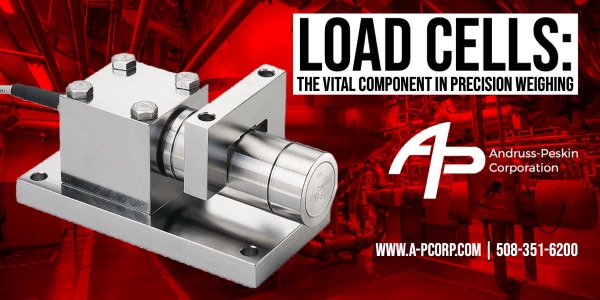The Multifaceted Role of Industrial Sales Engineers
- Technical Expertise: Industrial sales engineers uniquely blend technical knowledge and sales acumen. Their deep understanding of engineering principles allows them to understand complex instrumentation and its applications in various industrial settings.
- Custom Solutions: Crucial in tailoring solutions to meet specific customer needs. For instance, in selecting the correct pressure measurement instrument for a particular industrial process, the sales engineer assesses factors like range, accuracy, and environmental conditions.
- Product Demonstration and Education: These professionals are skilled in demonstrating the functionalities and advantages of instruments. Their ability to educate customers about the nuances of instruments like colorimeters or thermocouples is essential for successful sales.
- Bridging Gaps: Industrial sales engineers act as a bridge between the manufacturing team and clients. They translate technical specifications into understandable terms for customers and client needs into feasible production goals for manufacturers.
- After-Sales Support: Their role extends beyond sales. Providing technical support and troubleshooting post-purchase ensures customer satisfaction and fosters long-term relationships.
Their Impact on Industries
- Quality Control: In industries where parameters like size, color, and weight are critical (e.g., pharmaceuticals, automotive), sales engineers assist in assuring the correct instruments are applied.
- Safety and Compliance: In sectors like oil and gas, accurate pressure and temperature measurements are vital for safety and regulatory compliance. Sales engineers ensure that the instruments sold meet the required standards.
- Innovation and Development: Their feedback from the field helps in innovating new instruments and improving existing ones, aligning with evolving industry requirements.
- Operational Efficiency: By recommending the most suitable instruments, they help industries optimize processes, enhancing efficiency and reducing costs.
Challenges and Opportunities
(508) 351-6200
https://a-pcorp.com






